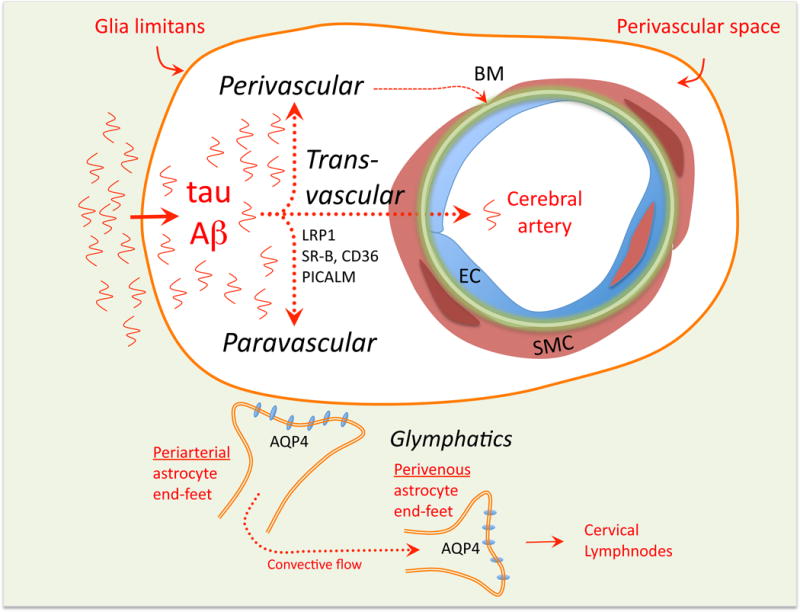Figure 10. The perivascular space and its clearance pathways.

The perivascular space surrounding penetrating arterioles is involved in the clearance of unwanted molecules form the brain, including, but not limited to, Aβ and tau. Products of cerebral activity and metabolism reach the perivascular space by diffusion and can be disposed of through different pathways. A transvascular pathway is thought to rely on scavenger receptors and molecular transporters that carry the unwanted molecules across the vascular wall. A perivascular pathway has long been proposed in which the molecules are transported retrogradely along vascular basement membranes reaching the subarachnoid space and eventually discharging into the cervical nodes. A paravascular (glymphatic) pathway relies on aquaporin-4 channels (AQP4) on astrocytic end-feet to allow the CSF to enter the interstitial space, creating a convective flow that clears unwanted molecules from the brain and feeds into the perivascular venous side eventually draining into dural lymphatics or the cribriform plate. Abbreviations: CD36: cluster of differentiation 36; LRP1: low-density lipoprotein receptor-related protein-1; PICALM: Phosphatidylinositol Binding Clathrin Assembly Protein; SR-B: scavenger receptor B.
